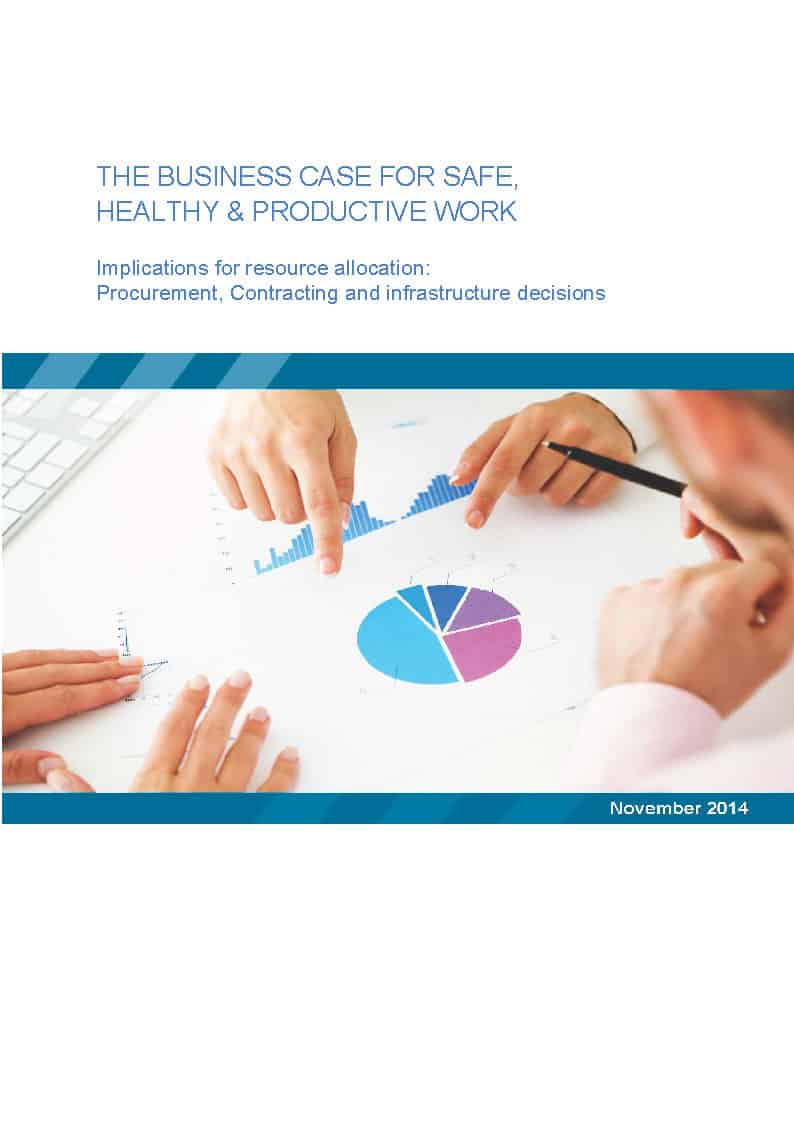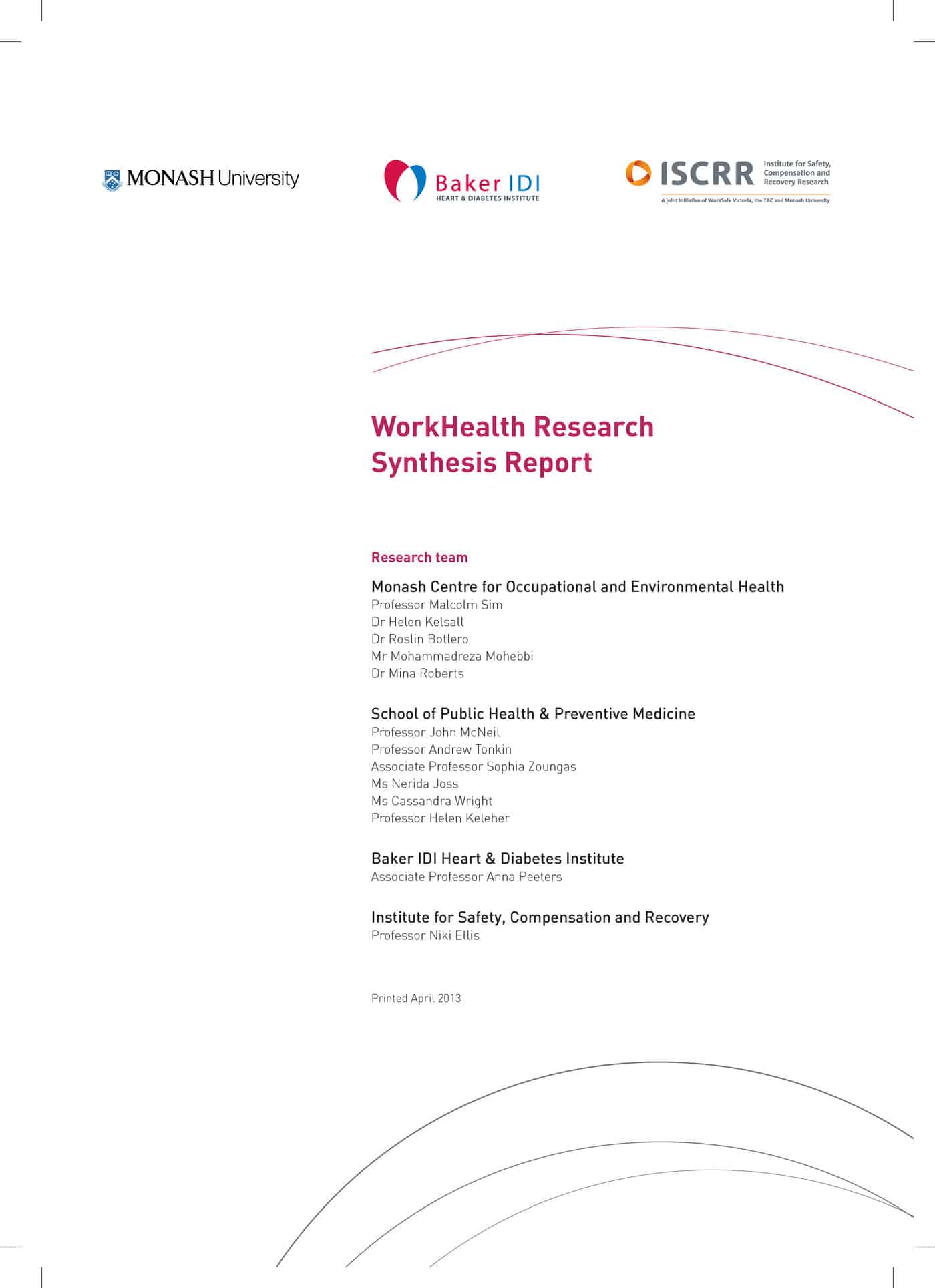On 1 June 2015 Australia’s Radio National broadcast a discussion about the future of work, in support of a Vivid Festival conference. Listening to the discussion through the prism of occupational health and safety (OHS) is an interesting experience as work/life balance is promoted as empowering the individual but, as we know in OHS, individuals often sacrifice their safety for income or deadlines or project demands, contrary to their legislative obligations. The workplace flexibility that many people seek allows the individual to manage the workload and develop or design the working environment. In other terms they establish an unregulated workplace. So what influence will OHS have in these new and emerging workplace configurations? Probably very little.
ABC’s


 A quick online search reveals a plethora of advice and information about choosing the right mood-altering paint colours for office walls and selecting the best beanbags for worksite chill-out spaces. Not to mention the availability of on-site massages to ease employee tension and anxiety.
A quick online search reveals a plethora of advice and information about choosing the right mood-altering paint colours for office walls and selecting the best beanbags for worksite chill-out spaces. Not to mention the availability of on-site massages to ease employee tension and anxiety.